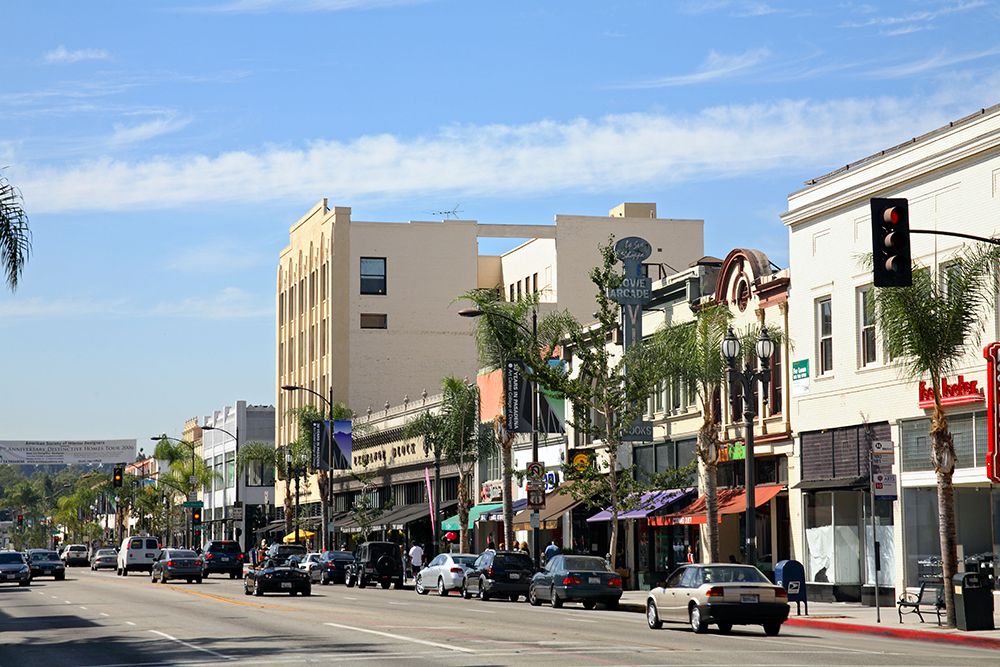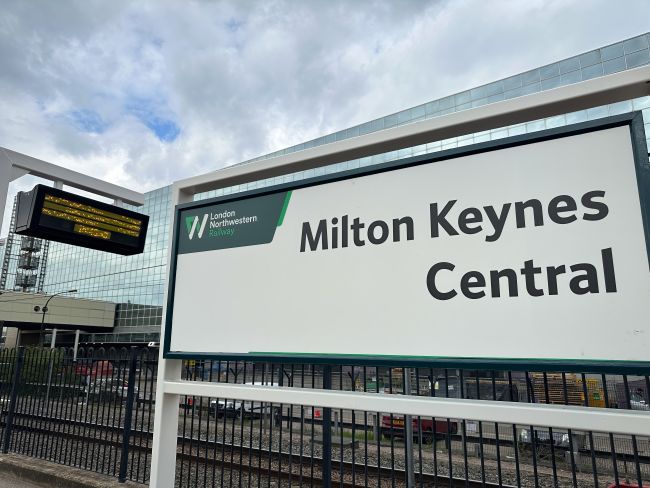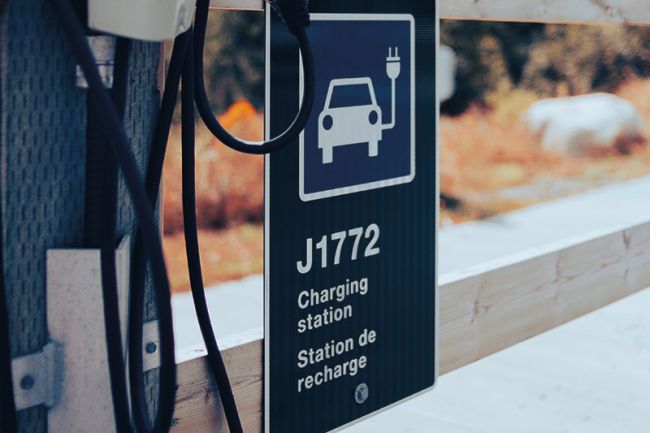The urban boulevard
Steer was recently invited to provide comments on a proposed complete streets initiative for a segment of Colorado Boulevard.
Once part of the famous Route 66, Colorado Boulevard is a major street in the Los Angeles region that has been greatly influenced by the automobile. However, the vocational use of this street is now shifting from a suburban car-driven model to a more urban, pedestrian-oriented one as cities densify, the mix of uses intensifies, and the craving for sociability rises.
Steer Davies Gleave was recently invited to provide comments on a proposed complete streets initiative for a segment of Colorado Boulevard that runs through Old Town Pasadena. We contributed to the discussion of how to enable this vocational shift by using complete streets and tactical urbanism techniques. More broadly, the conversation exposed the pros and cons of allowing this shift to happen versus preserving the status quo.
Colorado Boulevard exemplifies what boulevards have come to evoke in the US and particularly in Los Angeles — a large thoroughfare devoted to fast moving vehicular traffic serving private development.
Historically, however, these types of streets conveyed grandeur, formality, and civic pride. Allan Jacobs, in his seminal work "Great Streets" (1993), describes how street design in the US "started to fall victim to a narrowly focused approach that views unencumbered vehicular traffic flow as the highest priority" with destination and speed as the ultimate design goals.
As Jacobs reminds us, the origin of the boulevard lies in the axial planning of sixteenth-century Italian cities, particularly Rome, a model refined in Paris by Georges-Eugène Haussmann.
Boulevards arrived in the United States in the late nineteenth century as part of the vocabulary of the Park Movement and City Beautiful Movement. Among their most important functions was that of giving structure and comprehension to the whole city as it grew and diversified under the impulse of industrialization; becoming monumental links between important destinations and, at the same time, being major destinations in their own right.
The great urban boulevards of the past were designed as delightful places to be a pedestrian; walking was the focus. They were conceived to permit people to walk at varying paces, at their leisure, safe from vehicles. Trees added to the curb line and close enough to each other created spatial definition, a prominent pedestrian zone that felt safe and provided physical comfort without negating the natural environment. The essential purpose of a great boulevard for Jacobs was (and is) sociability — they were peopled, full of activity and life.
Planning for pedestrian environments and public spaces is still a responsibility that lies within the public domain, as urban fabric is generally created and regulated by a municipality. Across the country, there is a renewed interest in urban living, suggesting, perhaps, that we are on the verge of a City Beautiful Movement 2.0. But the present-day debate over complete streets often betrays a lack of grand vision, with emphasis on street retrofit/upgrades — hardly the civic aspirations of the past.
The redesign of urban boulevards should become a strategic opportunity for municipalities to beautify their cores, providing identity and space for sociability. In this direction, incremental approaches by means of complete streets and tactical urbanism techniques can jumpstart a much larger public-private place-making vision.






















